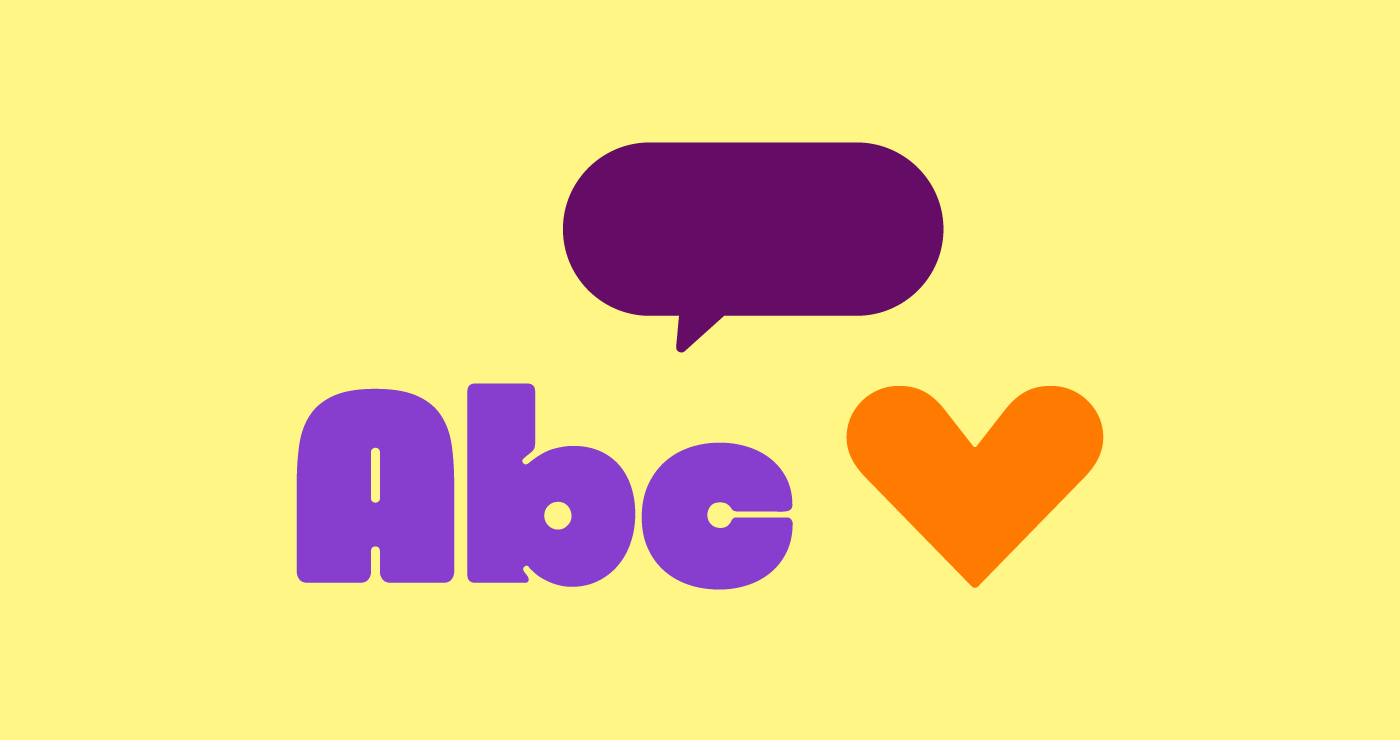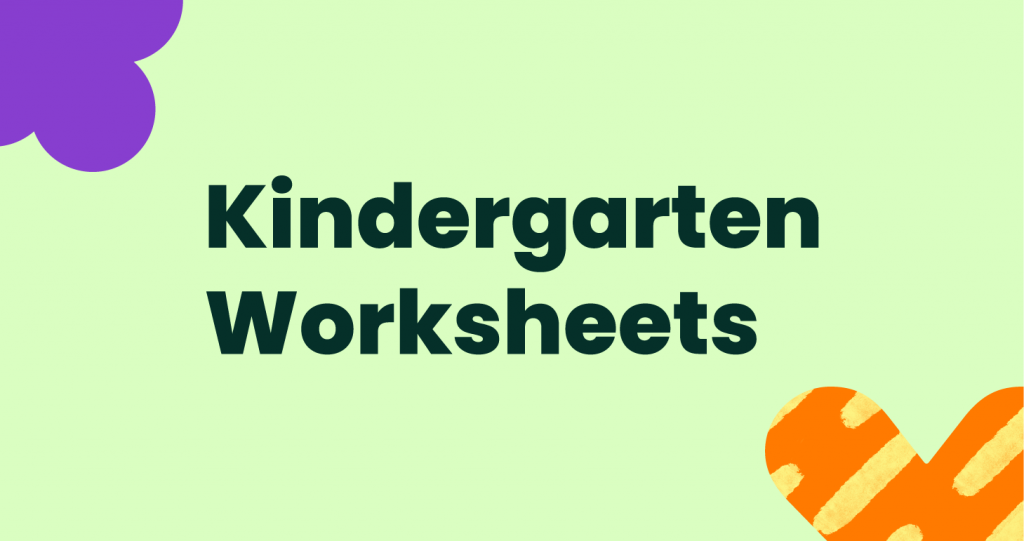Did you know that the idea of kindergarten in the United States was first developed in the 1900s when the National Kindergarten Association was set up in New York to promote the idea of a public school kindergarten system?
Today, most states across America require school districts to offer either full-day kindergarten or a half-day kindergarten program. But in many states, it is not mandatory for children to actually attend. Most families do send their children to a kindergarten class though, with enrolments at around 80%. Most private schools also offer a kindergarten class.
Why is kindergarten class so important?
Kindergarten is the first year of the K–12 system and is considered a bridge between preschool and the first grade of elementary school. Children start kindergarten between the ages of 4 and 6 years old. Some parents delay their child starting, known as redshirting, because of when their birthday falls compared to the school year and concerns that they will be in grades with older children.
The kindergarten curriculum is mainly focused on teaching basic skills in literacy and numeracy as part of the Common Core framework, as well as other curriculum subjects like science, social studies, language, and arts.
For many children, it will be the first time they’ve been at school and away from home for such a long period, so there’s also a focus on learning social skills.
In a kindergarten class, students are developing:
- Language and literacy skills, including reading sight words and CVC words, learning phonics, and developing writing skills
- Numeracy skills, including counting initial numbers and recognizing maths concepts
- Gross and fine motor skills, including movement like throwing and catching, running, and using their hands for tasks like manipulating puzzle pieces or holding a pencil.
- Social skills like talking to others, taking turns, and working in groups.
- Emotional skills like recognizing feelings and learning how to cope with them and moderate their behavior.
- Thinking skills, including learning how to solve problems, make decisions, and think about ideas.
Developing all of these skills in kindergarten gives students a strong platform to move through elementary and middle school and even onto high school.
Teaching kindergarten is challenging but hugely rewarding and gives teachers a chance to play a vital part in developing engaged learners for the rest of the school system. Kindergarten teachers need to have a good balance of childcare skills, a knowledge of early childhood education, and a knowledge of what’s needed to set students up for higher grade levels.
Setting up a kindergarten classroom
You want to make sure that your classroom setting gives students the best chance to learn and develop while not overwhelming young children as they start school.
Plan your layout
The first thing you need to do is plan or adjust the layout of your classroom. Start with the basics to ensure you have enough tables and chairs for all the students and there’s enough space to walk about between them. Ensure that everyone can see your whiteboard or other important areas. Think about where you’d like your desk to be in relation to the students. Then you can fill in the spaces.
Create interesting areas
Dividing your kindergarten classroom up into zones can be a great way to create special areas for certain activities and to help students learn their way around. Spaces you might want to add include:
- Cubbies or space for hanging bags and coats
- A cozy, quiet reading space
- A space for art
- An area where children can do hands-on learning or dramatic play — think about adding items such as toy kitchens or shops, cars, dolls, and building bricks to help children use their imagination
- A space at the front of the class where everyone can gather to share news or hear a story
Make it manageable for young children
One of the challenges in the kindergarten year is learning to become more independent. Setting your classroom up in a way that makes it easy for students to carry out tasks helps them to do things on their own and develop their motor skills at the same time. Make sure that:
- There’s a clear space where children leave their bags, coats, and lunchboxes during class, and they can easily reach any cubbies or pegs
- Classroom equipment like coloring pencils, erasers, or scissors are in easily accessible places and can be moved around the classroom
- Important notices like daily calendars are low enough for students to read
- Other items like books are arranged to make them accessible and attractive for students
Kindergarten activities
Many kindergartners will still have a short attention span, so things usually work better if activities are short and the day has a mix of subjects and activities. Plan for a mix of whole-class, small group, and individual activities, and include time for movement or brain breaks to help students burn off their energy and refocus.
We’ve got plenty of activities for kindergarten students in this blog, and check out our range of printables and worksheets to help you develop fun and engaging lesson plans. You can find them by searching in the Kami Library or checking out the handy guide to our K–grade templates.
At the beginning of the year, you have a group of brand-new kids. So, the first thing you’ll want to do is get to know them and help them get to know each other. Playing icebreaker games at the start of the school year is a great way to do that.
Because your class is still young, try and keep the games simple and choose ones that include movement if possible. We’ve got some fabulous back-to-school “getting to know you” games for elementary school (and middle school and high school) in this blog.
Classroom management tips to keep things running smoothly
Your kindergarten class should be welcoming and nurturing, but you also want it to run smoothly, so some classroom management is needed.
Young children do better when there are clear rules and expectations, so don’t be afraid to set out what you expect of them.
You can create your rules and go through them with your class on the first day of school. This is a good introduction to the classroom and sets the tone for the rest of the year.
A little bit of planning for your kindergarten classroom goes a long way toward making it a smooth transition from preschool for your students.








